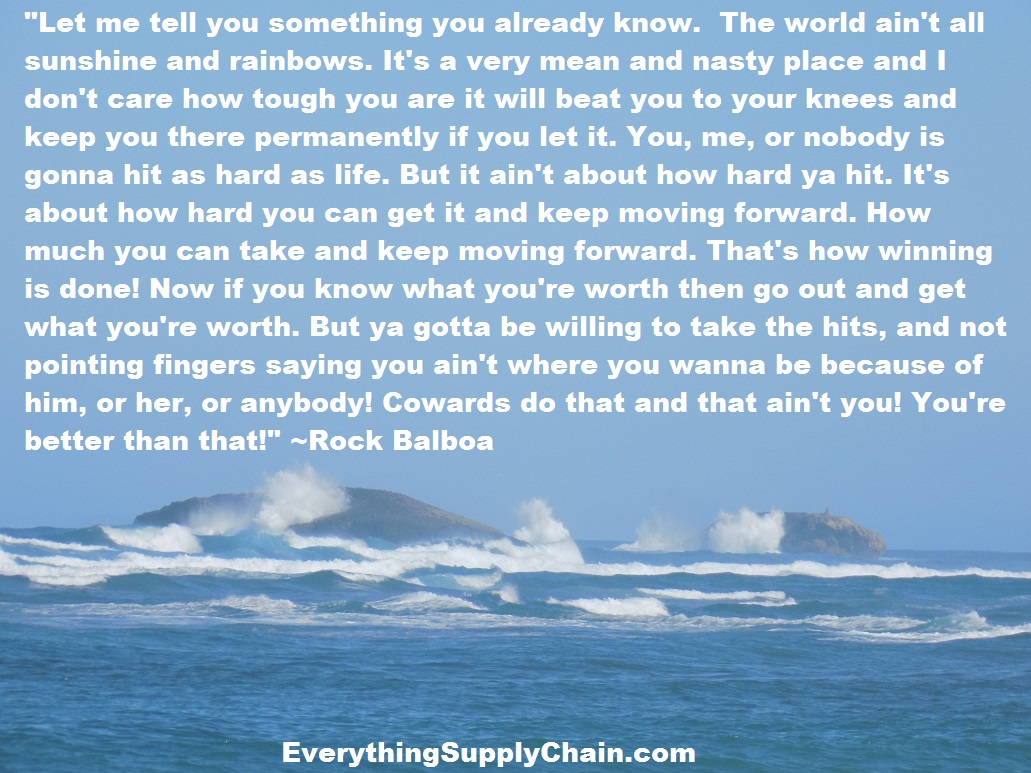
In New York, the number was 39%, Boston 48%, Los Angeles- are you ready- 55%. In Miami, more than 30% of fish was being sold as something it wasn't. Escolar sold as white tuna, Pacific rock fish being fraudulently sold as snapper.

A recent study of seafood by a group called Oceana used DNA testing and found that all across the country fish is regularly being labeled as other species in restaurants and in grocery stores. "Products we inspect, including those derived from pork, must be accurately labeled and cannot purport to be a product of another species." The USDA's food-inspection service issued the following statement to me. So I turned to people who would know, is pork bung being falsely peddled as calamari? I called the USDA. Anything, he said, would be a wild guess. But he just didn't know much about whatever happened after it left the door. He said his plant exported a lot of their bung to Asia. Then there all the people who don't eat pork, period.īut the big question, the question you've been thinking about since we got on this topic- have you or I eaten imitation calamari, bung dressed up as seafood? So why does the idea of a fried ring of bung just feel grosser? Partly it's the visual, right? When you see that little ring of calamari, you don't want to picture it in the context of a pig's behind. So if you eat those regularly, you pretty much live up the street from bung. A lot of brats and Italian sausages are stuffed in intestine. Then you, like me, have eaten bung- stuffed, dried bung. Maybe you like liverwurst, or capicola, or summer sausage with a natural casing. But also consider we are a nation that eats more than a billion pounds of sausage every year. At the other end it narrows into a soft, pinkish-white tube. At one end it widens out into this more bulbous shape, like a pink, wrinkly pear. A pork bung- and "bung" is the actual industry term for it- is long, and flappy, and ugly. OK, just to give a little better picture.

This was all fine, though, because he referred me to the real expert- the guy who gave him the tour of the hog-processing plant. And she suggested that he should think about the words that he wanted to come up when somebody googled his name. When I asked him why, he said he'd spoken with his girlfriend about it. But when I asked him to go on the record, to tape an interview and give his name here on the radio, he very politely declined. I wanted to hear it first hand.Īnd the farmer confirmed the story- the entire thing, the boxes, the bung. So I called up the farmer to talk to him personally. And it's perfect.īut it also seems like it couldn't possibly be true. It's payback for our blissful ignorance about where our food comes from and how it gets to us. Now they're chewing, satisfied and deeply clueless. It would mean that in restaurants everywhere, right this second, people are squeezing lemon wedges over crispy, golden rings, and dipping the rings into marinara sauce. If I can, let me just narrate for you what this would mean. Rectum that would be sliced into rings, deep fried, and boom. And then he asked his friend, what's artificial calamari? Bung, his friend replied. And at some point he saw boxes stacked on the floor labeled, "artificial calamari."

He's walking through it with a friend, a guy who managed the plant, actually. A while ago, he was visiting a pork-processing plant in Oklahoma. The story he told Emily went something like this. But he's in charge of a pork-producing operation that spans several states. Admittedly, I don't know the first thing about the pork industry. The farmer who told her this is apparently a person of some standing in the pork industry. She works in the food industry.Īnd the letter Emily wrote was about a story she'd heard from a farmer. It came from a listener, a woman named Emily Rancer. I first heard about this whole thing in an email.


 0 kommentar(er)
0 kommentar(er)
